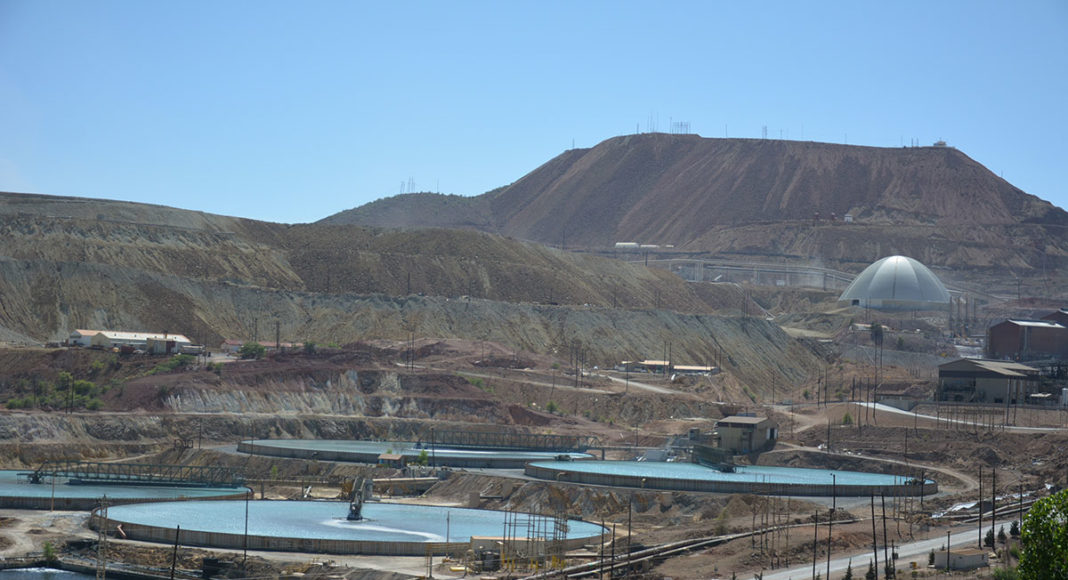Conversing with Goliath is a research project carried out by FLACSO-Mexico and De Montfort University, Leicester, UK, sponsored by the British Academy (2017-2020). The project aims to understand why violence in Mexico persists in the design and implementation of projects in the extractive industry when a wide range of participatory institutions exist in law and policy programmes which, in principle, promote citizen participation (information, consultation and deliberation).
In the last of three articles based on the research, Valeria Guarneros-Meza of De Montfort University, Leicester, UK, examines the experience of non-indigenous communities in an area of vast copper deposits, as they attempt to regulate the behaviour of a huge company and the centralizing instincts of national government.
Sonora State is the largest in mining production in Mexico. The municipality of Cananea (just 60 kilometres away from Arizona, across the US border ) has been known historically as the copper mining capital of the state and seat of numerous struggles of workers for labour rights. It houses Buenavista del Cobre, the largest copper mine in the country and fourth largest in the world. Over history, the mine has had several different names and owners; currently it is owned by the transnational corporation Grupo México.
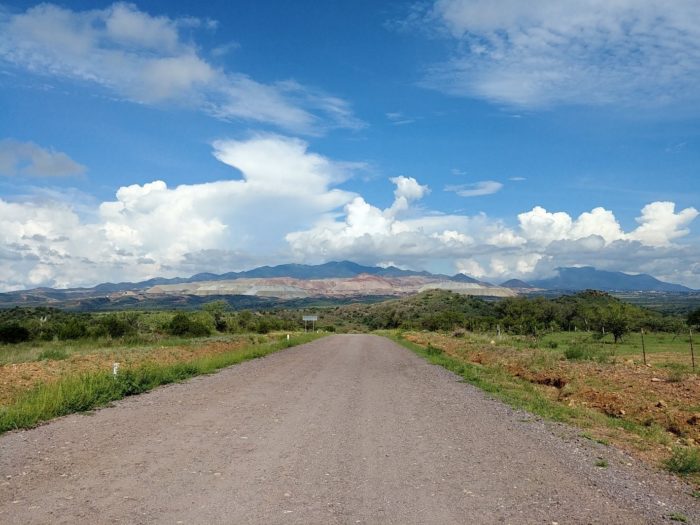
In contrast with the communities in Oaxaca described in a previous post in this series, Cananea and other neighbouring municipalities are inhabited by non-indigenous communities. In Sonora, municipalities are governed by state law. Agrarian assemblies exist but they are not as politically powerful as those in Capulalpam de Méndez and Natividad, in Oaxaca, where local government is complemented by the self-governance of customary law.
Cananea is a municipality of over 35,000 inhabitants, a further 23,000 live in seven other municipalities to the south, along the Sonora River. With this population density, these municipalities are semi-urban although they are still dependent on agriculture and livestock for their main income. For some municipalities at the southern end of the river, tourism is also important, based on the quality of their local produce and the spectacular natural landscape.
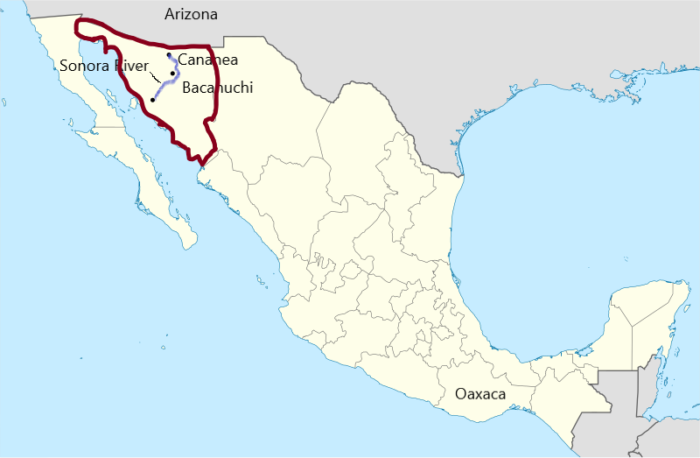
Cananea was a mining town before it became a municipality, so mining is not just a source of economic development, but also the means by which the town developed its identity and politics. The first labour struggle in 1906 is considered an important historical event which inspired the progressive ideals of Mexican Revolution (1910-1921). Thus, alongside mining, labour rights have contributed to the broader understandings of place and identity. One resident explained this as follows: if Cananea is the circus tent, the miners union is the central post holding the tent.

Residents and miners in Cananea do not oppose mining, but oppose a mining industry that, since neoliberal economic policies were introduced in the early-1980s, began to step up violations of labour rights, undermining wage negotiation, collective contracts, working-hours and social benefits.
The Mexican Miners Union has been the main opponent to Grupo México, campaigning on labour rights. However, its voice has been less heard with regards to the environmental impact of Grupo México’s operations and their impact on the natural surroundings of Cananea since the company took over the mine in 1989. Water scarcity has also become important for Cananea residents as Grupo México’s subsidiaries continue to plan the southward expansion of the mining site.
The Mexican Miners Union has built alliances with the Canadian United Steelworkers Union which helped its president, Dr Napoleón Gómez Urrutia, to regain his credibility as leader after a series of political rumours discredited him for corruption. After ten years living in exile in Canada, Dr Gómez returned to Mexico in 2018 as a senator in Congress, with the support of President López Obrador. These international and political alliances show the networks to which the Mexican Mining Union belongs and the potential these provide for establishing negotiations and agreements. This could favour the union branch in Cananea, which has been significantly weakened after the 2007 strike, which halted Buenavista del Cobre’s production for three years.
In 2014, negligent maintenance of the valves controlling toxic mining waste inside Buenavista del Cobre’s plant caused a spill of 40 million litres of acid copper residues into the nearly 400 km-long Sonora River. The spill was considered by the Minister of Environment at the time as the worst mining disaster in Mexico’s history. The contamination affected not only the river, but some of the wells supplying drinking water. The flora, and fauna of communities living alongside the river were also damaged. Several people face health problems as a result of the disaster.
Three months after the disaster, a remedial plan to compensate individuals and households for the environmental damage began to operate through the private Sonora River Trust. The Trust was managed by the federal government but Grupo México supplied the funding. Several reports highlight the mismanagement of funds and inefficiencies in the distribution of compensation payments. Lack of open and timely information, embezzlement by municipal authorities, and an underspend of a quarter of the MX$2million pesos by the Trust are some of the most important failings reported. Reports about the health of the population were drawn up within the first year after the disaster, but these reports are not easily accessible to the public. Other post-disaster health studies, inaccessible to the public, have been stalled.
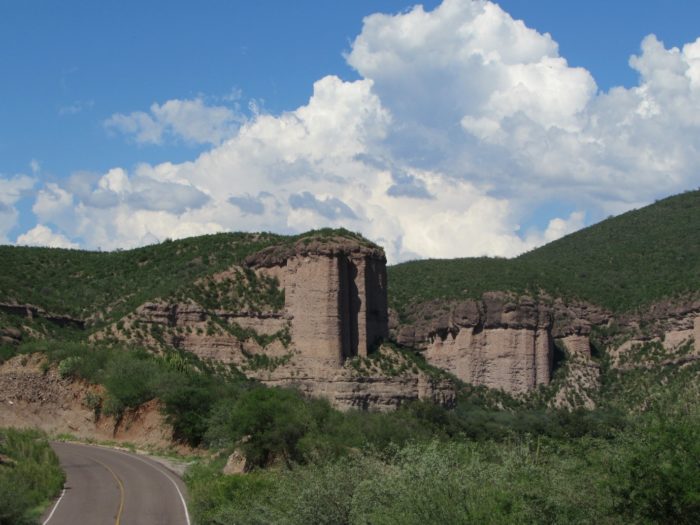
The negligence with which the remedial plan was implemented prompted community organising, through Comités de Cuenca Río Sonora (Sonora River Basin Committees – CCRS). The CCRS have been supported by PODER to address their lack of experience in organising and protesting against human rights violations by corporations. The international and national links that PODER has built have helped CCRS to learn to organise social-legal activism.
Links that PODER has with other indigenous communities in Puebla State, central Mexico, have provided opportunities to learn from the legal activism that indigenous communities have traditionally used to defend their peasant and indigenous rights. Although CCRS are not protected by the requirement for free, prior and informed consent enshrined in the Mexican Consitution, the UN Declaration on the Rights of Indigenous Peoples and the Internal Labour Organisation Convention 169, the importance of the legal discourse that these international treaties provide has inspired CCRS to organise legal injunctions against government authorities and Grupo México.
In 2018, the National Supreme Court of Justice ruled in favour of CCRS to require all business corporations to consult local communities, indigenous or not, in their infrastructure plans when these have an impact on the environment. This ruling has become the means for demanding from the Ministry of Environment and Natural Resources more genuine and deliberative consultations with regard to the company’s plan to build a new tailings dam at Buenavista del Cobre. The dam is planned to be 138 times larger than Bacanuchi, the community located closest to the dam, and will be equivalent in size to 4,158 football fields.
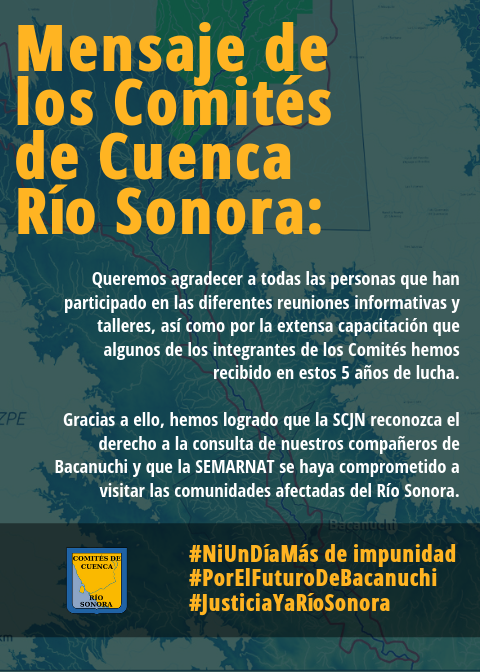
The social and legal struggle that the CCRS have begun has opened an environmental dimension in the fight against Grupo México’s violation of rights in Sonora. This has helped to expand the international network of resistance in Valle de Tambo, Peru, where Grupo México plans to build two new copper mines.
Encountering Goliath in Sonora
In mining, and the extractive sector more generally, Goliath assumes different shapes and sizes. In contrast to Oaxaca, where the community of Capulalpam de Méndez, was successful in preventing the arrival of a Canadian mining company, the Sonoran case shows that municipalities such as Cananea are in a more difficult position. Its historical dependence on mining, but also Grupo México’s national economic and political power make the fight against this Goliath much more complex.
Grupo México has attempted to pacify labour conflict in Cananea through its corporate social responsibility policy, led by a decentralised body called, Casa Grande. The policy includes a series of initiatives to organise civil groups to provide social assistance to the community of Cananea and contribute to the wellbeing of the society.
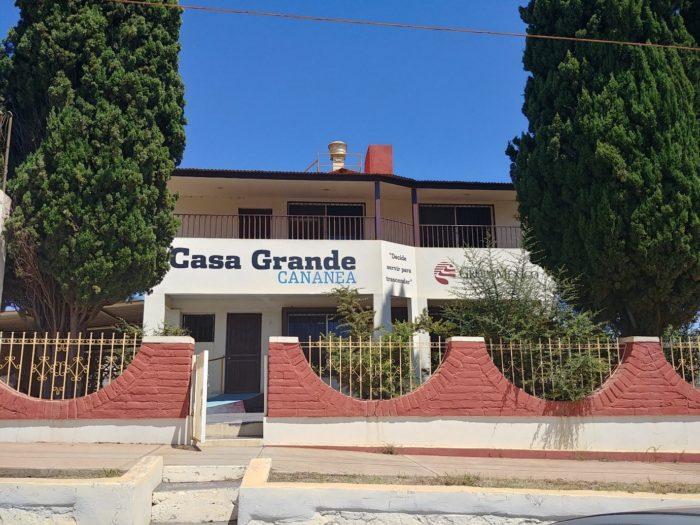
As more social redistributive policies have been incorporated in recent mining law reforms in Mexico, Grupo México has also benefited from government initiatives promoting participation, such as participatory budgeting exercises that, from 2017 to mid-2018, invited citizens of Cananea to decide how municipal government should spend the budget obtained from the mining tax paid by the corporation. Both social responsibility policies and participatory budgeting have helped legitimise Grupo México’s presence in Cananea.
Until the 2014 Sonora River disaster, Casa Grande had no involvement in this area. Within a few years after the disaster, Grupo México’s social responsibility activities became more visible throughout the municipalities along the river. It also became evident to communities and politicians that the impact of mega-infrastructure mining is not just Cananea’s problem.
The neglect by government authorities and the lack of hegemonic presence of Grupo México along the Sonora River, prompted these communities to organise more organically. That is why in their struggle they have been able to demand that government agencies take more seriously the implementation of citizen participation in all corporate projects impacting the environment.
However, the labour and environmental struggles are not working in step with one another. This is unfortunate as the their ability to counteract Grupo México’s violation of human rights can be easily undermined.
Recently, what has been observed is that under the Lopez-Obrador administration, the federal government seems to be centralising and coordinating both struggles while its rhetoric favours both communities and mining workers. The protagonist role of federal government may be a solution if it can include principles of environmental justice in the regulation of the mining industry. But this protagonist role can also act as a double-edge sword if it leads to clientelist relationships that undermine the openly critical approach that has been a feature of these mobilisations in the past decade. Moreover, the announcement by the federal government of plans to convert into premises for the National Guard the unfinished hospital – which was intended to treat people with epidemiological diseases resulting from the 2014 spill- has sent further signals of betrayal.
Valeria Guarneros-Meza is Reader in Public Policy and Politics, De Montfort University. She is interested in local governance and participation in Mexico and the United Kingdom. Her research has been applied to processes of change under urbanisation, securitisation and extractivism.
Read more about our research on citizen participation in the Mexican extractive industry here.
This research was funded by the British Academy (AF160219) as part of the project Conversing with Goliath? Participation, mobilization and repression around neo-extractivist and environmental conflicts in Mexico

